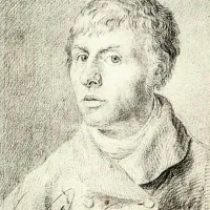 1774 - 1840
romanticism
1774 - 1840
romanticism
Description Caspar David Friedrich
Caspar David Friedrich, a maestro of German Romanticism, painted landscapes that echoed the soul's yearnings. Born in 1774, he navigated a life steeped in both personal and historical turbulence. Hailing from Greifswald, Friedrich's artistic spirit blossomed in the midst of a world awakening to the Romantic ethos.
Friedrich's canvases are portals to the sublime—a realm where nature and the human spirit entwine. His landscapes, shrouded in mist and bathed in celestial light, transcend mere representation. Each stroke carries a weight of existential contemplation, inviting viewers to confront the vastness of nature and the mysteries of existence.
Tragedy marked Friedrich's life; the early death of his mother and later, his wife, left indelible imprints. Such sorrow, however, fueled his art, infusing it with an introspective melancholy. The iconic "Wanderer Above the Sea of Fog" encapsulates this, portraying a lone figure on a precipice, facing the unknown—a poignant metaphor for Friedrich's own existential journey.
Friedrich's landscapes are not mere backdrops; they are characters. Trees, mountains, and oceans become vessels for emotional narratives. His fascination with the Gothic manifested in ancient ruins, symbolizing the impermanence of human endeavors against the eternal backdrop of nature.
While Friedrich faced criticism for his departure from traditional landscapes, his vision birthed a unique aesthetic. The play of light, the symbolism of nature, and the introspective solitude in his works make him a harbinger of modern artistic sensibilities.
As the Napoleonic Wars reshaped Europe, Friedrich grappled with political turmoil. His subtle defiance against the constraints of his time emerged through his art. A subtle critique of authoritarianism and a celebration of individual spirit manifested in works like "The Chasseur in the Forest."
Friedrich's later years witnessed a decline in popularity, mirroring the ebb and flow of artistic trends. Yet, his legacy endured. Today, his canvases resonate with a timeless allure, inviting viewers to traverse the landscapes of their own introspection. Caspar David Friedrich, a poetic dreamer amidst the storms of life, remains an indelible figure in the gallery of art history.
Gallery
Paintings Caspar David Friedrich
Quotes
The artist should not only paint what he sees before him but also what he sees within him.
The painter should paint not only what he has in front of him but also what he sees inside himself.
Close your bodily eye so that you may see your picture first with the spiritual eye. Then bring to the light of day that which you have seen in the darkness so that it may react upon others from the outside inwards.
The painter's feeling is his law.
A painter should paint not only what he has in front of him but also what he sees inside himself.
F.A.Q Section
"Wanderer above the Sea of Fog" (1818): A iconic painting featuring a contemplative figure overlooking a misty, mountainous landscape.
"The Sea of Ice" (1823–1824): A dramatic depiction of a ship trapped in icebergs, symbolizing the power of nature over human endeavors.
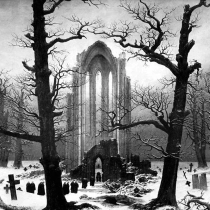
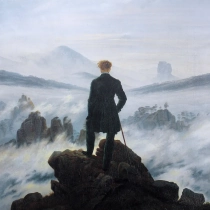
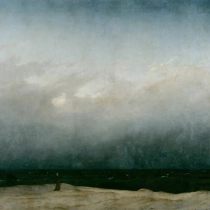
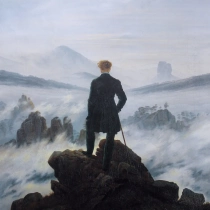
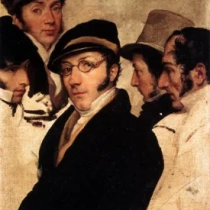
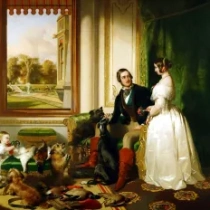
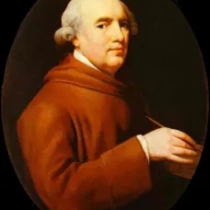
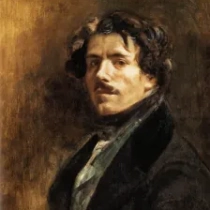
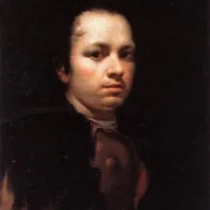
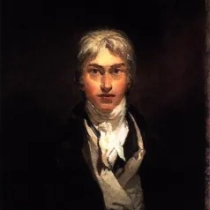
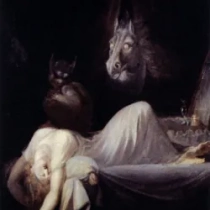
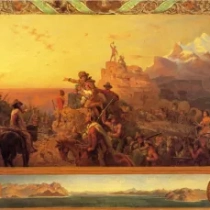
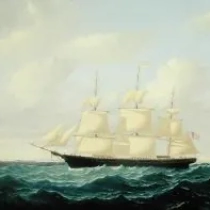
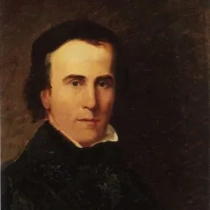
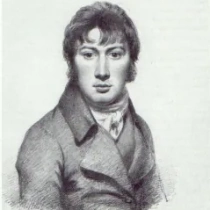
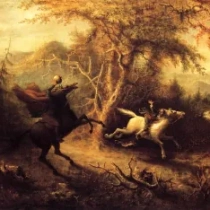
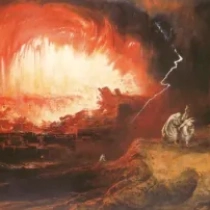
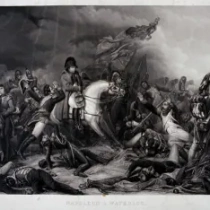


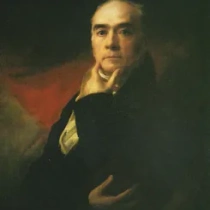
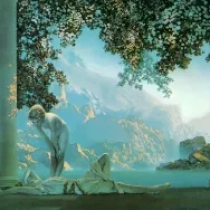

No Comments Yet...